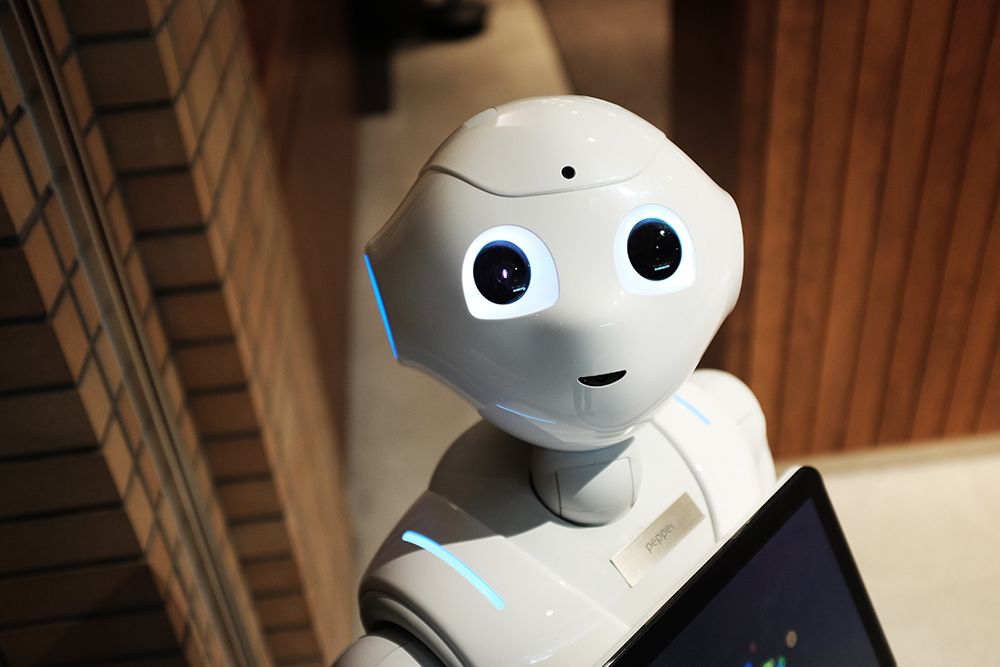The surprisingly small rise in the unemployment rate has obscured the reality of what’s actually happening on the ground — this is why.
National unemployment figures released this week are some of the most confusing in Australia’s history. They’re also dire.
The labour market is in worse condition than the official unemployment rate suggests.
The unemployment rate jumped to 6.2 per cent in April, from 5.2 per cent in March.
An increase was expected because this was the first unemployment survey to capture the impact of the coronavirus shutdown in late March and early April.
However, the surprisingly small rise in the unemployment rate has obscured the reality of what’s happening on the ground because of the way it’s calculated.
Coronavirus update: Follow all the latest news in our daily wrap
Officially, total employment fell by 594,300 persons last month (to 12,418,700 persons), or by 4.6 per cent, while the number of unemployed persons rose by just 104,500 (to 823,300 persons).
How could that be?
Because 490,000 persons left the labour force altogether.
That means they may have become too discouraged to bother looking for work, or they’re unable to work because they’ve been forced into a caring role at home, for instance.
Since they’re not actively looking for work, they’re no longer being counted as officially unemployed they’ve disappeared from the official figures.
But that doesn’t mean they’re not hurting.
Jobs data explained
ABC business reporter Michael Janda explains how the jobs data are calculated and what to look for in the figures.
Read more
If those 490,000 persons who dropped out of the labour force last month were still actively looking for work, the number of officially unemployed persons would be nearly half a million higher, at around 1.3 million.
And that means the official unemployment rate would be 9.6 per cent, rather than 6.2 per cent.
Jo Masters, chief economist at EY, says the number of people dropping out of the workforce is a huge concern.
“This data suggest getting people back to jobs will be even more challenging as they will first need to be enticed back into the workforce, and then find a job,” she said.
The large number of people leaving the workforce has seen the participation rate fall from 66 per cent to 63.5 per cent the lowest since 2004.
Massive decline in the number of hours worked
The JobKeeper subsidy was designed to keep people officially employed and tied to their employer, even if they have no work to do.
And it has kept millions of workers attached to their employers, and therefore “employed”.
But it means the unemployment rate has been kept artificially low, because many people who aren’t working are still counted as employed.
That’s why the number of “monthly hours worked” is a much better indicator of the state of the labour force than the unemployment rate.
Find out more
According to the latest release, working hours last month fell by a record 163.9 million hours. The previous largest monthly decline was 36 million hours in 2007.
“The big decline in hours worked is more reflective of the true deterioration in the labour market to date,” said Commonwealth Bank economist Gareth Aird.
“The 9.2 per cent fall in hours worked over April captures the big shock to the labour market.”
The decline in hours worked has disproportionately affected working women, who have seen their hours drop by 11.5 per cent, compared to 7.5 per cent for men.
Underemployment rate has hit a record high
PM and Treasurer respond to rise in unemployment
The underemployment rate which accounts for people who have a job but want to work more hours has jumped to a record-high, from 8.8 per cent to 13.7 per cent.
That’s the highest level it’s been since records began in the late 1970s.
Most of the increase in the underemployment rate has come from full time workers moving to part-time or zero hours.
So what’s the true state of the unemployment rate?
Dr Jim Stanford from the Australia Institute’s Centre for Future Work says 750,000 Australians were counted as “employed” last month even though they didn’t work a single hour.
He says if you add the number of people who left the labour force with the number of officially unemployed people, along with the hundreds of thousands of people who were paid but didn’t work at all, the unemployment rate would be closer to 15 per cent.
And if you included the dramatic decline in hours worked, which is equivalent to roughly 600,000 full time equivalent positions, the truer unemployment rate would be 20 per cent.
“Anyone claiming unemployment was ‘not as bad as expected’ has not worked through how the misleading ‘6.2 per cent unemployment rate’ is constructed,” Dr Stanford said.
What you need to know about coronavirus:

